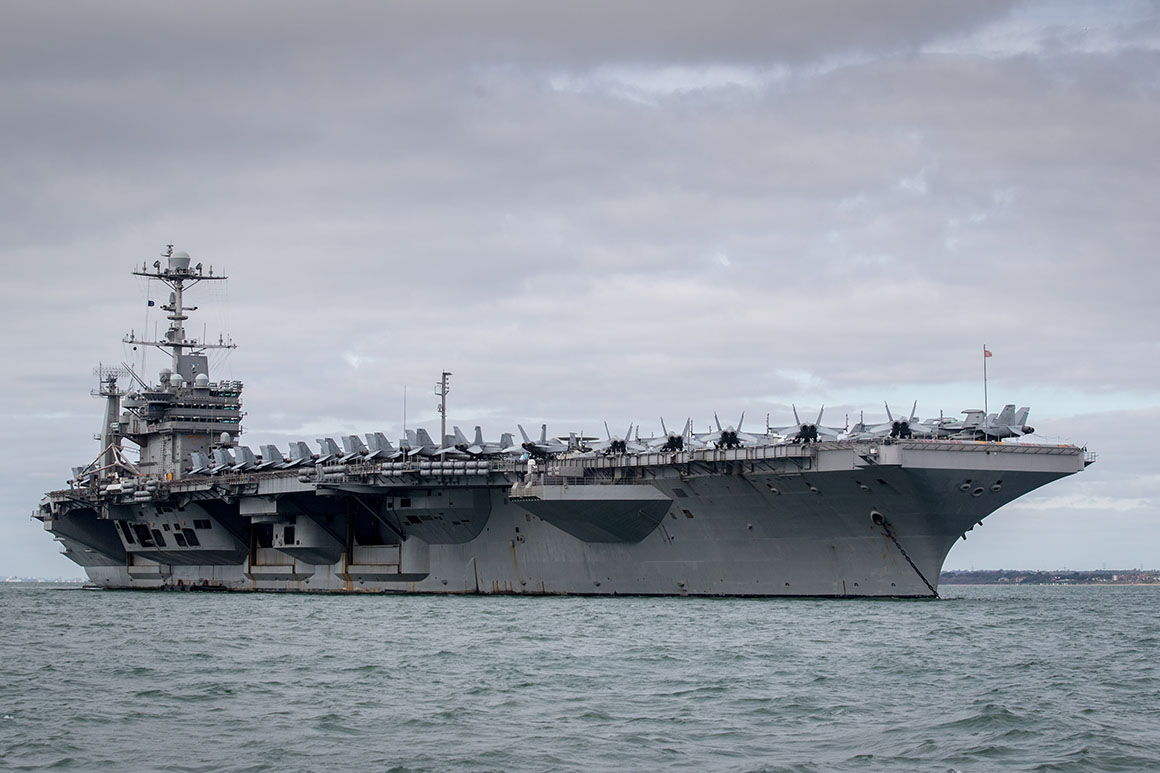
The news comes as Washington, Tehran and the rest of the world reel from the coronavirus pandemic. Tehran has been hit particularly hard by the virus, which has killed nearly 2,900 Iranians and infected several senior government officials and more than 20 parliamentarians.
Defense Secretary Mark Esper on Tuesday night told CBS Evening News that he’s not seeing evidence that foreign adversaries are trying to exploit the situation.
„What we’re finding right now is that a lot of countries have turned inward and are focusing inward,“ he said. „That doesn’t mean we should be less vigilant.“
The U.S. military began surging forces to the Middle East last summer after Iranian proxies attacked ships in the Persian Gulf and Tehran shot down a U.S. surveillance drone over the Strait of Hormuz. The U.S. continued to shore up defenses there after a Jan. 3 U.S. airstrike took out Iranian Gen. Qassem Soleimani.
The Pentagon had just begun drawing down those forces in early March after concluding that the threat of reprisal attacks from Iran or its proxies had subsided, moving out about 1,000 combat troops from Kuwait.
That drawdown was placed on hold after the deadly March 11 attack on Camp Taji. At the time, McKenzie stressed the symbolic significance of keeping two U.S. carriers in the region, noting that the vessel „is a floating piece of American sovereignty.“
„We know the Iranians watch them very closely,“ he said.
McKenzie’s decision to operate two carriers together in the Middle East marked the first extended period of dual-carrier use since 2010, when then-Central Command head Gen. Jim Mattis surged two carriers to the Gulf amid negotiations with Iran over its nuclear program. The carriers remained in the region until 2012, placing enormous strain on the Navy and sending deployments skyrocketing to nine months and more.
A Central Command spokesperson declined to comment.
Source: politico.com
See more here: news365.stream






